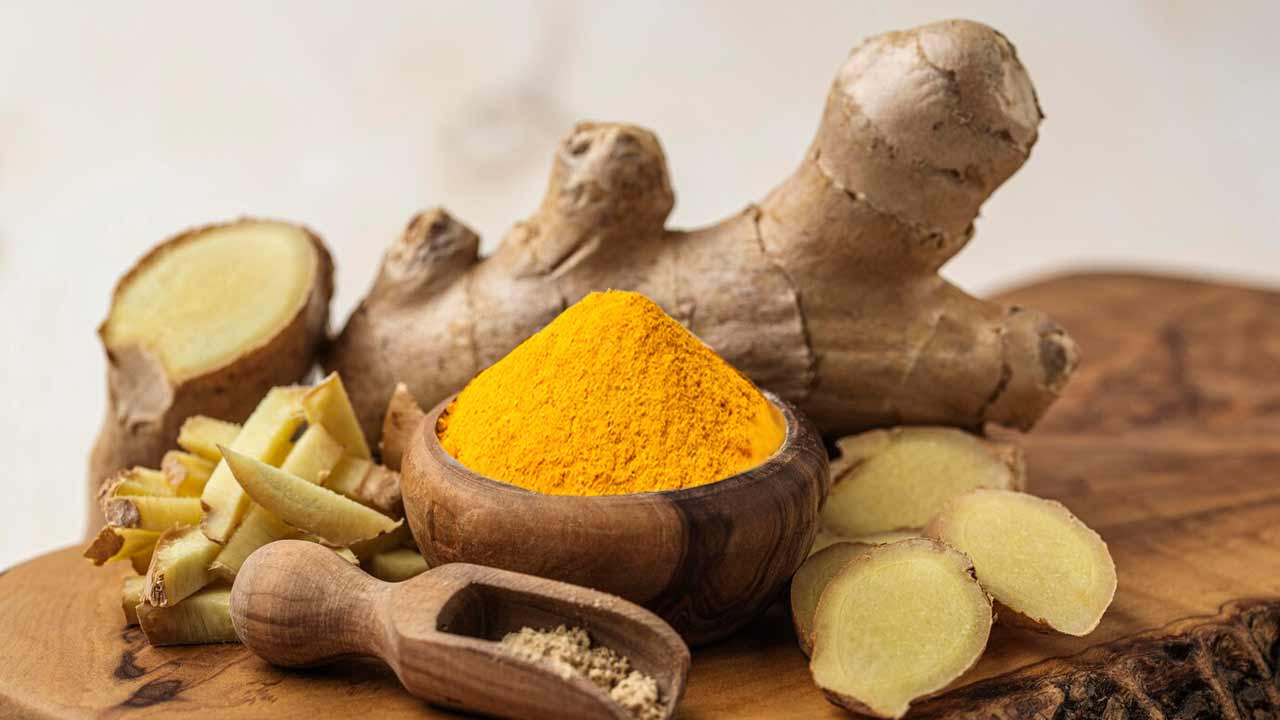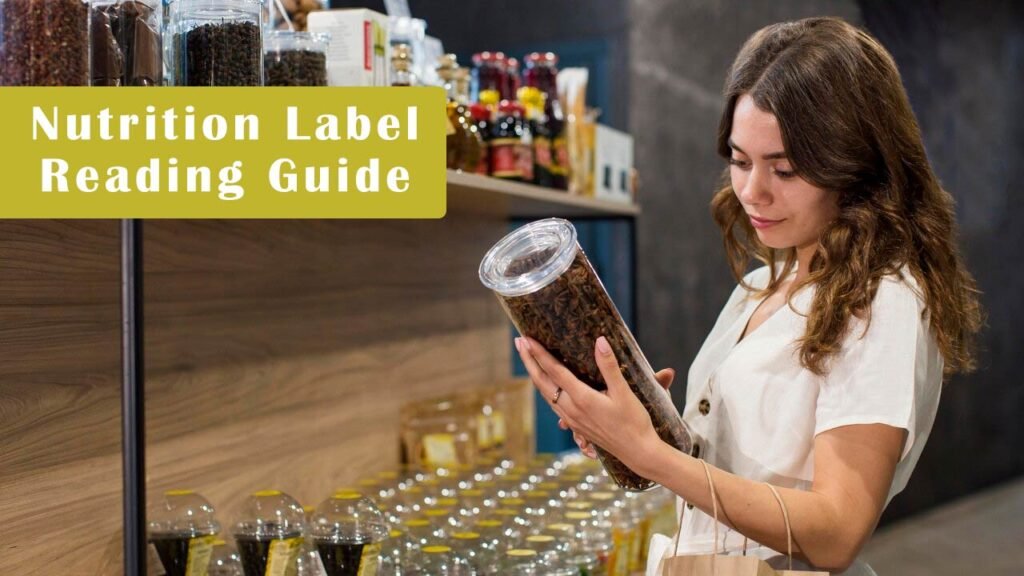Chronic inflammation silently affects millions of people worldwide, contributing to conditions ranging from arthritis to heart disease. While pharmaceutical options exist, many health-conscious individuals are turning to natural remedies that have been trusted for centuries.
Two golden powerhouses consistently emerge at the top of anti-inflammatory discussions: turmeric and ginger. Both spices have earned their reputation through traditional use and modern scientific validation. But when it comes to fighting inflammation, which one delivers better results?
This comprehensive comparison will examine the unique properties, benefits, and applications of both spices. You’ll discover what current research reveals about their effectiveness, learn about potential side effects, and find practical ways to incorporate these natural healers into your daily routine.
Understanding Turmeric
Turmeric (Curcuma longa) stands out with its vibrant yellow-orange color and earthy, slightly bitter taste. This rhizome belongs to the ginger family and has been a cornerstone of Ayurvedic and traditional Chinese medicine for over 4,000 years.
The spice’s most powerful compound is curcumin, which makes up about 2-8% of most turmeric preparations. Curcumin is responsible for both turmeric’s distinctive color and its remarkable anti-inflammatory properties.
Benefits of Turmeric
Powerful Anti-Inflammatory Action
Curcumin works by inhibiting several inflammatory pathways simultaneously. It blocks the production of inflammatory enzymes like cyclooxygenase-2 (COX-2) and lipoxygenase, while also reducing the activity of nuclear factor-kappa B (NF-κB), a protein complex that regulates immune responses.
Joint Health Support
Multiple studies have shown turmeric’s effectiveness in managing osteoarthritis symptoms. The spice can help reduce joint pain and improve mobility, sometimes matching the effectiveness of certain non-steroidal anti-inflammatory drugs (NSAIDs).
Digestive System Benefits
Turmeric stimulates bile production, which aids in fat digestion. It also helps protect the stomach lining and may reduce symptoms of indigestion and bloating.
Antioxidant Protection
Beyond inflammation, curcumin acts as a potent antioxidant, neutralizing free radicals and supporting cellular health throughout the body.
Understanding Ginger
Ginger (Zingiber officinale) brings a distinctive spicy, warming sensation that has made it a culinary and medicinal favorite across cultures. This knobby root contains over 400 bioactive compounds, with gingerols being the primary anti-inflammatory agents.
Fresh ginger contains the highest concentration of gingerols, while dried ginger develops different compounds called shogaols through the drying process. Both forms offer unique therapeutic benefits.
Benefits of Ginger
Targeted Inflammation Relief
Ginger’s gingerols work similarly to NSAIDs by inhibiting COX-2 enzymes. However, ginger tends to be gentler on the stomach while still providing effective anti-inflammatory action.
Superior Digestive Support
Ginger excels in treating nausea, motion sickness, and morning sickness during pregnancy. It stimulates digestive enzymes and helps speed up gastric emptying, reducing bloating and discomfort.
Pain Management
Research indicates that ginger can be particularly effective for muscle pain and menstrual cramps. Its warming properties help improve circulation and provide natural pain relief.
Immune System Enhancement
Ginger’s antimicrobial properties help fight infections, while its warming effect can provide relief from cold and flu symptoms.
Comparison: Turmeric vs. Ginger
Inflammation Fighting Power
Both spices demonstrate impressive anti-inflammatory capabilities, but they work through different mechanisms. Turmeric’s curcumin provides broader anti-inflammatory coverage by targeting multiple pathways simultaneously. Ginger offers more focused action but with potentially fewer digestive side effects.
For chronic inflammatory conditions like rheumatoid arthritis, turmeric often shows more consistent results in clinical trials. However, ginger may be more effective for acute inflammation and pain management.
Digestive Health Applications
Ginger takes the lead for digestive issues. Its effectiveness against nausea is well-documented, and it works quickly for acute digestive discomfort. Turmeric supports long-term digestive health but may cause stomach irritation in some individuals, especially when taken on an empty stomach.
Pain Relief Capabilities
Both spices offer natural pain relief, but for different types of pain. Turmeric shows particular promise for joint-related pain and stiffness. Ginger appears more effective for muscle pain, headaches, and menstrual cramps.
Bioavailability Considerations
One significant advantage of ginger is its natural bioavailability. The body easily absorbs and utilizes ginger’s active compounds. Turmeric’s curcumin, however, has poor bioavailability when taken alone. It requires enhancement with black pepper (piperine) or consumption with fats to improve absorption.
What the Science Says
Turmeric Research Highlights
A 2019 systematic review published in the Journal of Medicinal Food analyzed 15 clinical trials involving 1,223 participants with osteoarthritis. The review found that curcumin supplementation significantly reduced pain and improved physical function compared to placebo groups.
Another notable study in the Journal of Inflammation Research (2020) demonstrated that curcumin was as effective as ibuprofen for reducing inflammation markers in people with knee osteoarthritis, but with fewer gastrointestinal side effects.
Ginger Research Findings
Research published in Arthritis & Rheumatism showed that ginger extract reduced knee pain in osteoarthritis patients by 40% compared to placebo. The study followed 247 participants over six weeks.
A comprehensive review in the International Journal of Preventive Medicine (2018) examined ginger’s anti-inflammatory effects across multiple studies. Researchers concluded that ginger consistently reduced inflammatory markers and provided pain relief comparable to conventional medications.
Practical Ways to Add These Spices to Your Diet
Incorporating Turmeric
Golden Milk Recipe
Combine 1 teaspoon turmeric powder, 1 cup warm milk (dairy or plant-based), a pinch of black pepper, and honey to taste. The black pepper enhances curcumin absorption significantly.
Turmeric Rice
Add 1 teaspoon turmeric powder to your rice while cooking for an anti-inflammatory side dish that pairs well with various proteins.
Supplement Considerations
Look for curcumin supplements that include piperine or are formulated with phospholipids for better absorption.
Using Ginger Effectively
Fresh Ginger Tea
Steep 1-2 inches of fresh ginger root in hot water for 10-15 minutes. Add lemon and honey for enhanced benefits and taste.
Cooking Applications
Add fresh grated ginger to stir-fries, soups, and marinades. Start with small amounts (1/2 teaspoon) and adjust to taste.
Ginger Shots
Blend fresh ginger with lemon juice for a concentrated anti-inflammatory boost. Take 1-2 ounces daily.
Making the Right Choice for Your Needs
Rather than declaring one spice superior to the other, the evidence suggests that both turmeric and ginger offer unique advantages for different health concerns.
Choose turmeric when you need:
- Long-term inflammation management
- Joint health support
- Comprehensive antioxidant protection
- Support for chronic inflammatory conditions
Choose ginger when you need:
- Quick digestive relief
- Acute pain management
- Natural nausea remedy
- Immune system support during illness
For maximum benefit, many health professionals recommend using both spices as part of a comprehensive anti-inflammatory approach. They work synergistically and can complement each other’s effects.
Your Anti-Inflammatory Action Plan
The most effective approach to fighting inflammation naturally involves consistency and proper preparation. Start with small amounts of either spice and gradually increase based on your tolerance and response.
Consider working with a healthcare provider to develop a personalized anti-inflammatory protocol, especially if you’re managing chronic conditions or taking medications.
Remember that while these spices offer powerful benefits, they work best as part of an overall healthy lifestyle that includes regular exercise, adequate sleep, stress management, and a balanced diet rich in anti-inflammatory foods.
FAQs
Can I take turmeric and ginger together?
Yes, combining turmeric and ginger is generally safe and may provide enhanced anti-inflammatory benefits. Start with small amounts and monitor your body’s response.
How long does it take to see results?
Most people notice digestive benefits from ginger within hours, while turmeric’s anti-inflammatory effects typically become apparent after 2-4 weeks of consistent use.
What’s the best time to take these spices?
Turmeric is best absorbed with meals containing fat, while ginger can be taken anytime. For digestive issues, take ginger 30 minutes before meals.
Are fresh or dried forms more effective?
Fresh forms generally contain higher concentrations of active compounds. However, dried forms are more convenient and have longer shelf life.
Do these spices interact with medications?
Both can interact with blood thinners, diabetes medications, and other drugs. Always consult your healthcare provider before adding therapeutic amounts to your routine.









